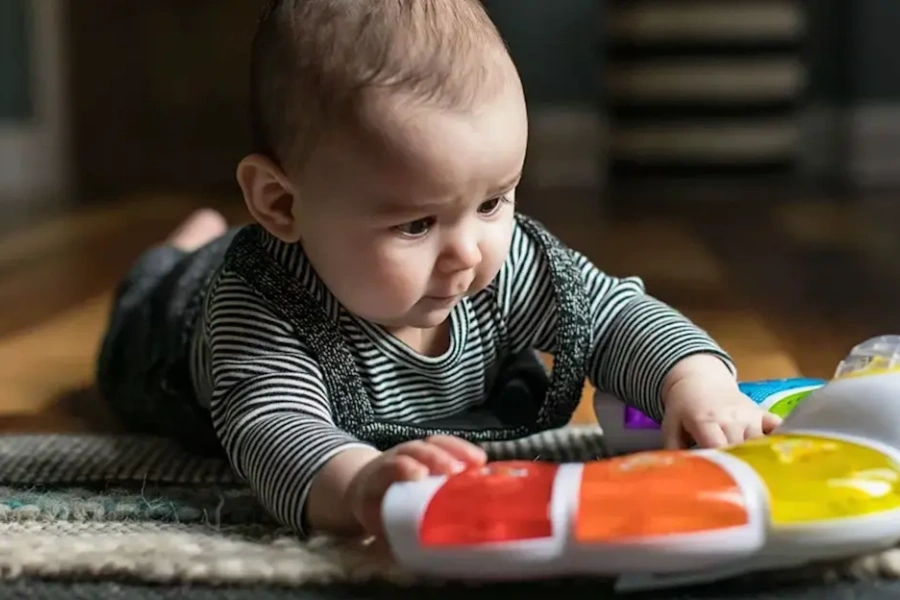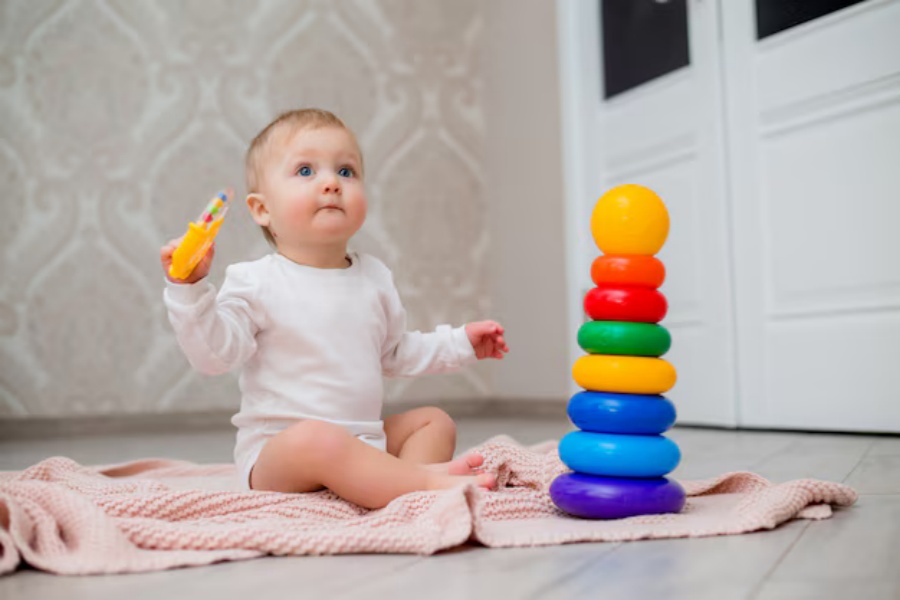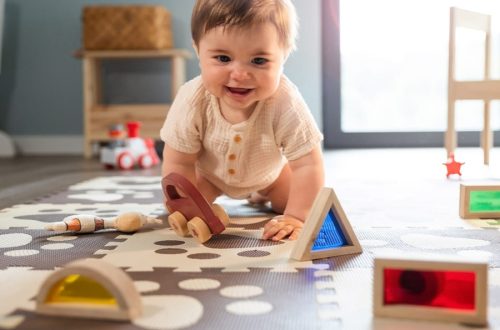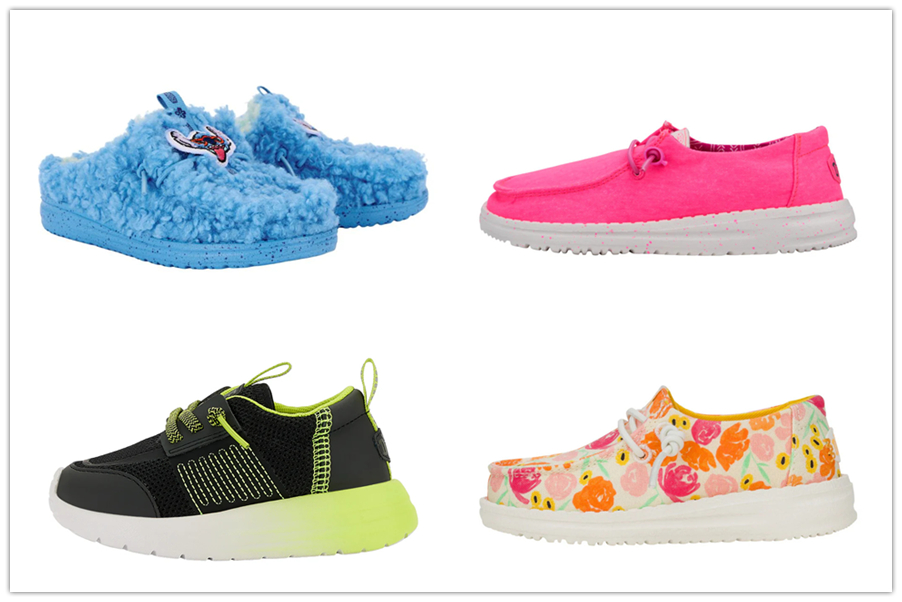When picking toys for your baby, consider the size first. Toys should be large enough so they can’t be swallowed or lodged in a baby’s throat. Avoid toys with small parts that can be easily detached and pose a choking hazard.
Materials used in baby toys should be non-toxic, as babies often put toys in their mouths. Look for toys that are BPA-free and made of non-toxic paints and materials. Also, the texture of the toys should be soft to prevent any injury to the baby.
Toys with sharp edges or points can cause injuries, so it’s better to avoid them. Also, steer clear of toys that have long strings or cords as they can pose a strangulation hazard.
When it comes to noise-making toys, make sure the sounds are not too loud to prevent damage to your baby’s hearing. The noise level should be comfortable for an adult before giving it to a baby.

While safety is paramount, the toys should also be stimulating and suitable for your baby’s developmental stage. For newborns, opt for high-contrast black and white toys that stimulate vision. As your baby grows, introduce toys that promote fine motor skills, like stacking blocks or shape sorters.
Toys that encourage exploration and problem-solving are great for older babies. These can include simple puzzles, nesting cups, or toys with buttons that cause an action when pressed.
Always check for any recalls before purchasing a toy. Manufacturers sometimes recall toys if a safety issue is identified. Regularly inspect your baby’s toys for wear and tear and discard any broken toys immediately.
By keeping these factors in mind, you can ensure that your baby’s playtime is not only fun and educational but also safe. It’s about striking a balance between safety, stimulation, and age-appropriateness when it comes to choosing toys for your baby.






